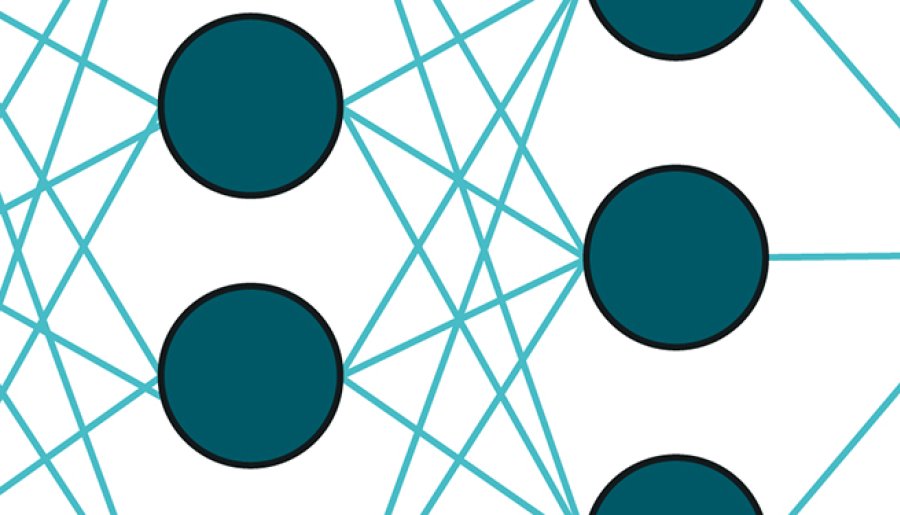However, it can be difficult to apply neural networks in actuarial settings. First, neural networks are often considered ‘black boxes’ because of their complex structure with thousands of parameters. Actuaries usually produce rating structures that clearly show how premiums and risks behave over different variables, as transparency and interpretability are crucial in actuarial work. Neural networks though, only return a single prediction which makes it much more difficult to interpret model results and provide explanations to stakeholders. Second, most actuarial datasets have a tabular structure, consisting of structured numerical and categorical variables. On tabular data, traditional models such as Generalized Linear Models (GLM) or tree-based models (e.g. Random Forest, GBM) usually perform better compared to neural networks.
Recognizing these challenges, deep learning frameworks suited for actuarial problems and tabular data have been developed in the academic community. In this article, we discuss three of these frameworks: the Combined Actuarial Neural Network (CANN), LocalGLMNet and TabNet. We briefly explain the workings of these models as well as the pros and cons of each method.
Lees dit artikel verder onder Download.
Download
- Deep Learning for actuaries .pdf • 0,08 MB
